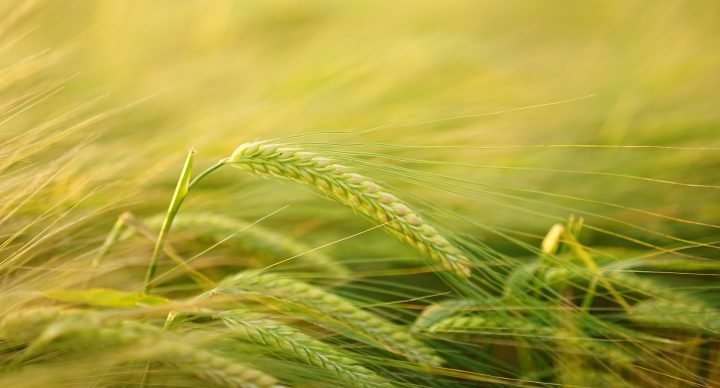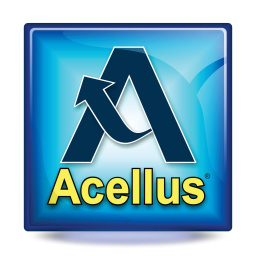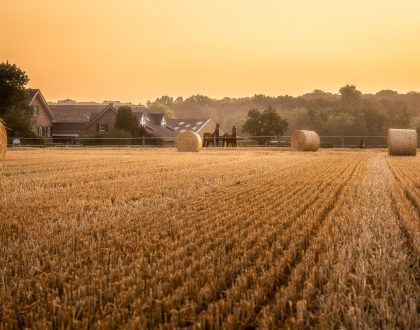Agriculture II

Course Features
Course Details
Course Overview
Broad and all-encompassing, the field of agriculture is the largest industry in the United States. From food and clothing to cell phones and trucks, all are either agricultural in nature or are derived from or related to agriculture in some way. In the Acellus Agriculture II course, students begin with an introduction to plant systems, one of the six career sectors of agriculture. They learn about plant types, parts, classification, reproduction, and processes, as well as the effect of the environment on plants. They delve into a study of soil, crop production, trees, pests, and weeds. They explore aspects of the FFA program and how to succeed at getting a job. They also study recordkeeping and welding. The Acellus Agriculture II course is taught by Acellus Instructor Callie Dobbins. Prerequisite: Agriculture I
Sample Lesson - Monocots and Dicots
 This course was developed by the International Academy of Science.
Learn More
This course was developed by the International Academy of Science.
Learn More
Scope and Sequence
Unit 1 - Plant Systems One of the six career sectors in the field of agriculture, plants are the focus of this unit. Here students begin by exploring plant use and the plant industry. They learn about the different types of plants and about the nomenclature used to classify plants. They discuss the parts of plants and flowers, and the functions of those parts, and they study plant life cycles, the differences between monocots and dicots, and the plant processes of photosynthesis, respiration, absorption, translocation, and transpiration. They further explore how plants are affected by the environment, including light intensity and duration, as well as air, water, and temperature. Unit 2 - Plant Propagation Students explore the two methods of plant propagation - sexual and asexual reproduction. They gain an understanding of pollination, of the parts of a seed, and of germination, all involved in sexual reproduction. They are introduced to asexual reproduction with a broad overview of its methods, and then they study these methods, including separation, dividing, layering, and cuttings. Unit 3 - Soil An integral part of agriculture, soil is the subject students next explore. They begin by surveying the resources that soil provides to support plant life. They study the components of soil and the organisms found within it, the relationship between soil and plants, and the various ways we use soil. They discuss the formation of soil, including its parent material, topography, weathering, and climate. They discuss the factors that impact the color, texture, and ribboning of soil, and learn about soil structure and profiles. Unit 4 - Crop Production Students become familiar with the four types of crops - cereal grains, oil seed crops, sugar crops, and fiber crops - and explore where each is grown and why they are grown there. They explore how to successfully establish a crop stand, and how to harvest and store grain. Next, they investigate three specific crops, including corn, soybeans, and wheat. For each of these, they study its types and uses, plant and/or seed parts, and its economic impact. They also discover the origin of the soybean. Unit 5 - Trees, Pests, and Weeds Trees are the beginning focus of this unit, where students explore why trees are important in our world, as well as why they are economically important and how to identify trees. Students next investigate pests, entomology, insect characteristics, lifestyles, methods of feeding, and insect control. They study the classification of weeds, weed control, and integrated pest management. This unit is followed by the Mid-Term Review and Exam. Unit 6 - POA, Leadership, and Parliamentary Procedure The Program of Activities in the FFA is a tool for enabling each of its chapters to meet the three objectives of growing leaders, building communities, and strengthening agriculture. In this unit, students learn the five quality standards within each of these objectives and how to plan, develop, carry out, and reflect on these activities to meet the objectives. They go on to explore the traits of an effective leader, different leadership styles, and how to conduct effective meetings, as well as how to properly set up a meeting room. They next learn what parliamentary procedure is and how it works, as well as privileged motions, subsidiary motions, and incidental motions. Unit 7 - Oral Communication, Jobs, and Workplace Skills Students develop their understanding of the various kinds of oral communication, learn how to write a speech and learn effective speaking techniques. They discuss how to find and apply for a job, and how to have a successful job interview. They further develop their communication skills and human relations skills for use in the workplace. Unit 8 - Record Keeping, Proficiency Awards, and Goals With record keeping being such a critical point of any endeavor, students use this unit to learn how to do it. Specifically, they learn how to keep inventory, how to create financial statements, and how to do record analysis. They also explore the FFA's proficiency awards why they may want to pursue them, and how to set goals in a way that will enable them to achieve their dreams. Unit 9 - Welding In this unit, students learn how to weld. They first focus on welding shop safety, and then study mig welding, including specific techniques for mig welding and laying a bead. They explore arc welding, starting again with safety and set-up, followed by preparing the metal and arc welding procedures and techniques, and how to do a butt weld with an arc welder. They go on to discuss types of welds and investigate careers in welding and how to understand a project plan. Unit 10 - Oxy-acetylene Oxy-acetylene can be used to cut or weld metal. Students study the oxy-acetylene process and gain an understanding of the parts and tools associated with an oxy-acetylene torch. They learn appropriate safety precautions, how to use oxy-acetylene, and how to cut with oxy-acetylene. This unit is followed by the Final Review and Exam.
This course does not have any sections.





